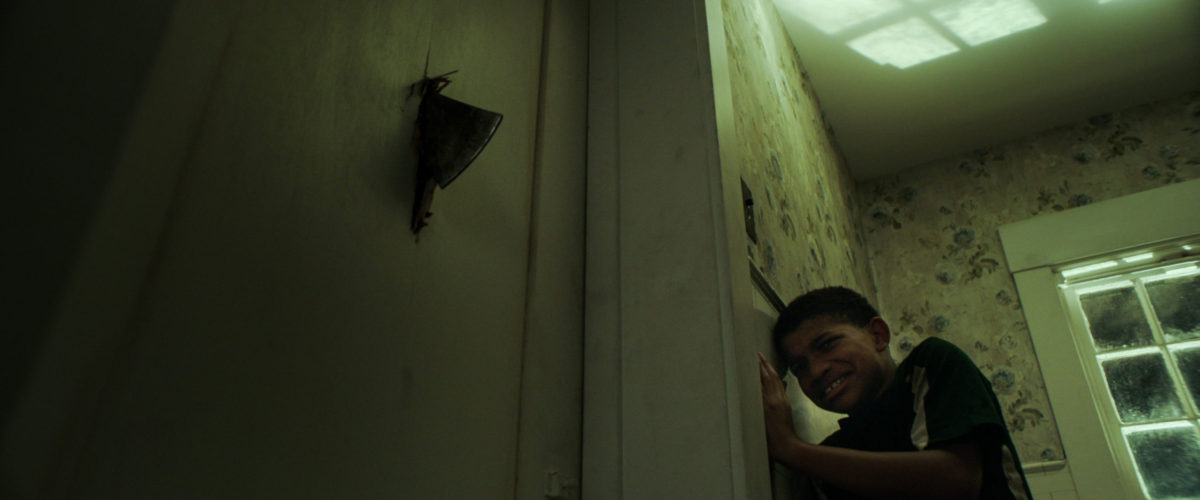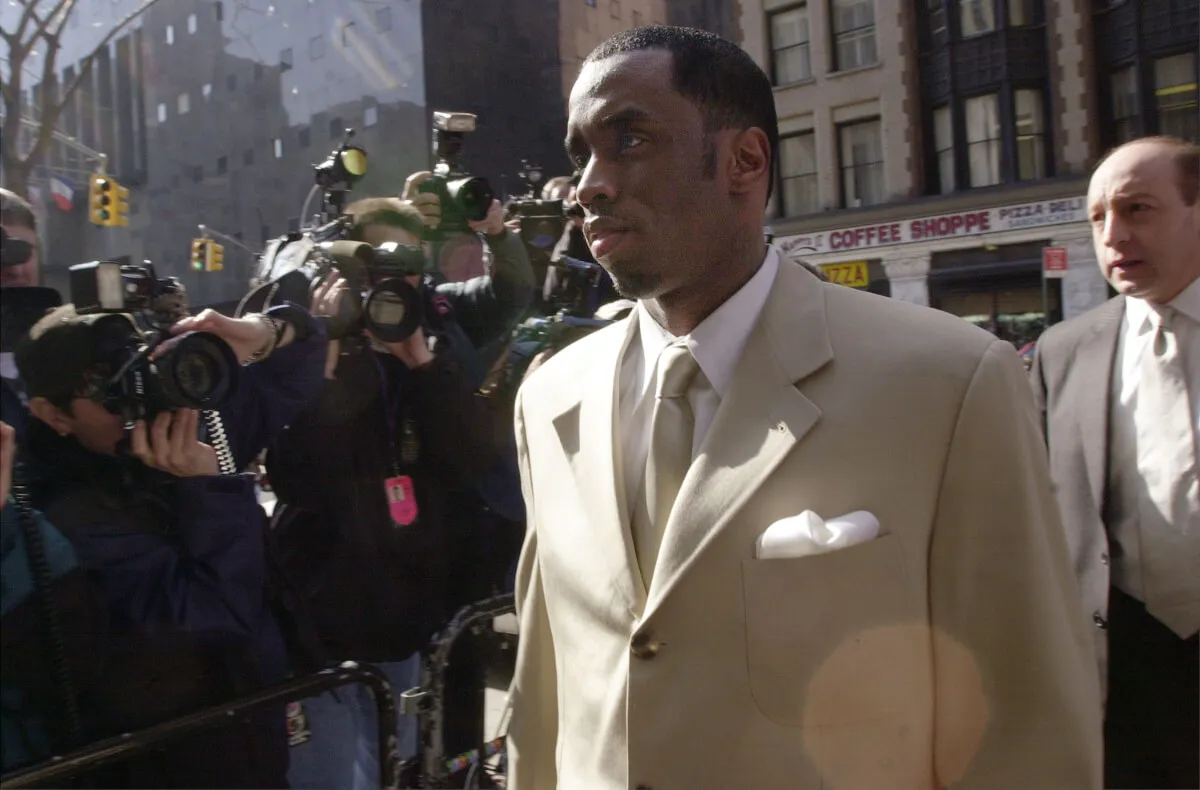‘The Boy Behind the Door’ Is a Terrifying and Realistic Journey
From the moment The Boy Behind the Door begins, with a bird’s eye view of a lone car gliding its way down a forested road somewhere in South Dakota, a sense of dread settles over the film. That sharp feeling only intensifies when the trunk of the car is opened, revealing two terrified young boys, Bobby (This Is Us‘ Lonnie Chavis) and Kevin (Ezra Dewey). Sweaty, breathless, and bound and gagged together, their kidnapper appears suddenly, ripping Kevin from the vehicle, leaving Bobby behind.
Six hours earlier, Bobby and Kevin, who have dubbed themselves “best friends to the end,” are seen walking down a sunny path toward their basketball game, dreaming about the future. However, in just an instant, their childhood innocence and naivety are snatched away, as an unknown assailant captures them. A baseball mitt left behind is the only indication that they may have been there. It is also the last time the film will have any light.

‘The Boy Behind the Door’ is dark and shadowy
After Kevin is snatched out of the trunk, Bobby, who is obviously the more resilient of the two, makes his escape. He runs away from the house at first, seemingly to find help. However, after hearing Kevins’s cries and pleading, he turns back, determined to get his friend out.
Though eerie and often challenging to watch, The Boy Behind the Door’s plot appears to be predictable at first. It’s obvious why the boys have been stolen away, and the home has that dark and shadowy presence that has been seen in countless kidnapping thrillers from 1990’s Misery to 2015’s Room. However, revelations about the kidnappers and Bobby and Kevin’s strength of will, shift and change the narrative’s course in a way that no one could have ever expected.
‘The Boy Behind the Door’ could be set in the past of the present
Co-writers/directors David Charbonier and Justin Powell had a tall task ahead of them when they decided to bring The Boy Behind the Door to life. Kidnapping and child sex trafficking are very real, and watching violence against children is nearly intolerable to witness. (It should be noted that there are no inappropriate visuals of children in this film). Yet, the grim story is more about Bobby’s determination and ingenuity as he tries to outsmart his captors and free his best friend.
The Boy Behind the Door could be set in the past or the present, making it even more unnerving. The only clue that we get of the period is that Bobby isn’t quite sure how to operate an old land-line phone. However, those were phased out in the ’80s. All of the vehicles seem to be those that appeared on the streets near the end of the 20th century.
‘The Boy Behind the Door’ offers some haunting realism
The realism in the story is also profoundly compelling as Bobby tries to meander his way through the old labyrinth-like home searching for his friend, who has been chained and bound. Though exhausted, Bobby is quick thinking and determined. Chavis is a masterful young actor. He is more than up to the task of his role, with the camera staying on him for the majority of the film. It was riveting to watch Bobby work out his next moves much faster than any preteen should ever have to.
This is not to say that there aren’t some genuinely horrific violent moments; two, in particular, involving a dog shock collar and a bullet wound, were nearly too much to bear. No one wants to see children suffer, nor do we want to consider the long-lasting trauma that will live with them for the rest of their lives. Yet, Chavis and Dewey’s maturity in handling the material keep you holding on to the very end.
The Boy Behind the Door was screened AFI Film Festival.


